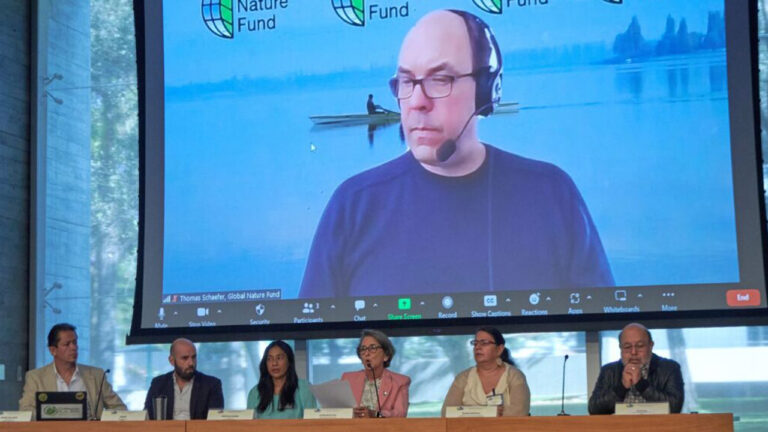MEXICO, AMERICA
Lake Chapala
The largest natural lake in Mexico and one of the largest in Latin America, Chapala is a unique and ancient lake ecosystem, one of the oldest on the planet. The Lake hosts a diverse range of species and provides crucial environmental services for forestry, agriculture, urban areas, and a significant boost to the local economy through tourism.
Located in Western Mexico, Lake Chapala spans across the states of Jalisco and Michoacán. Despite its importance, the lake faces various challenges that threaten its ability to continue providing its environmental services relied upon by nearly 5 million people. Unfortunately, Lake Chapala is affected by many of the problems faced by the world's lakes, both on a local, regional and global scale.
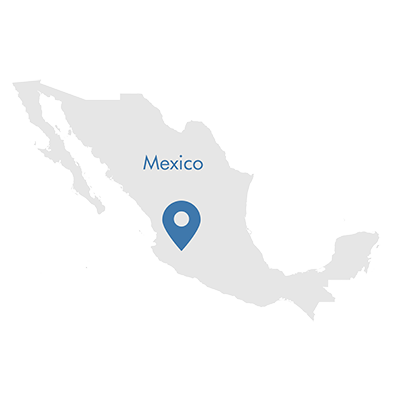

Biodiversity
Lake Chapala is a crucial habitat for hundreds of plant and animal species, many of which are unique in the world. The lake and its surrounding area are home to 307 identified bird species, including both migratory and resident birds, as well as 28 native fish species.
The 1140 km2 ecosystem at Lake Chapala relies on the interplay between the water, wind, sun, microscopic algae, invertebrates, and other living beings to maintain its proper functioning. In terms of its phytoplankton, Lake Chapala is Mexico’s most biodiverse lake.
The Sierra de Chapala is also home to two major terrestrial ecosystems: the tropical deciduous forest and the pine-oak forest.
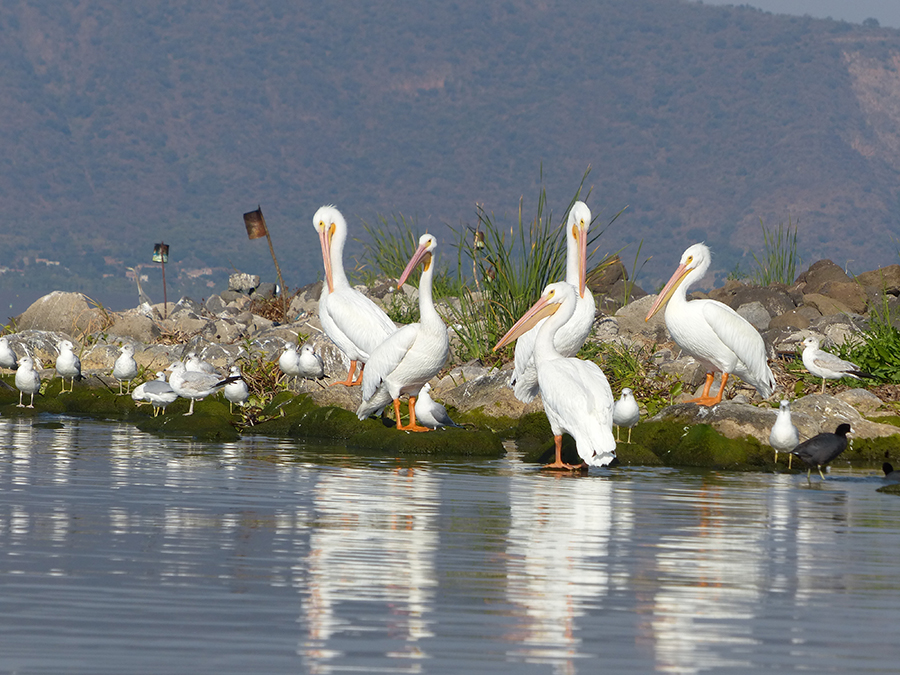
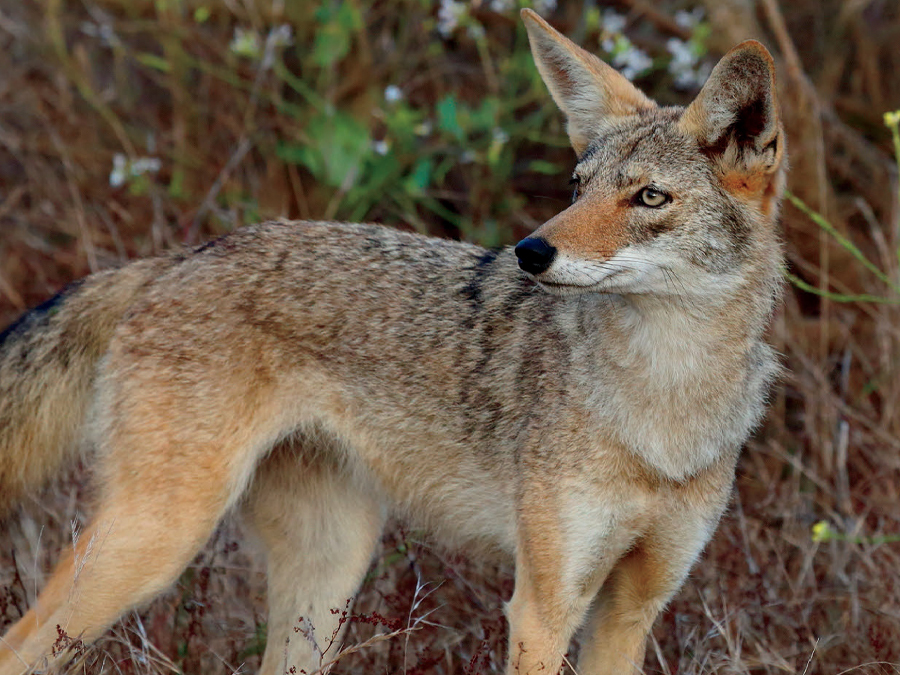
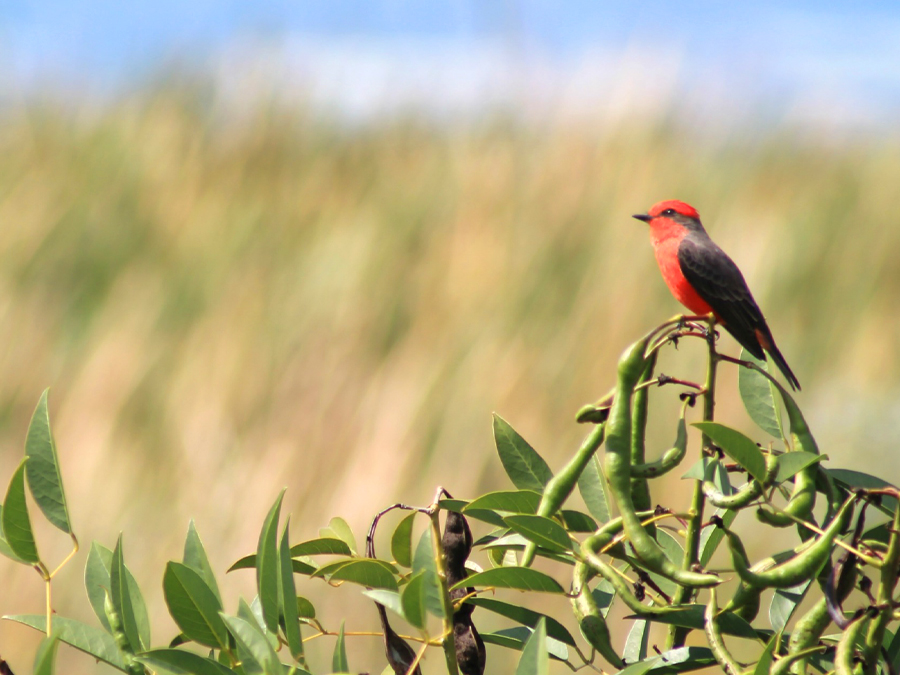
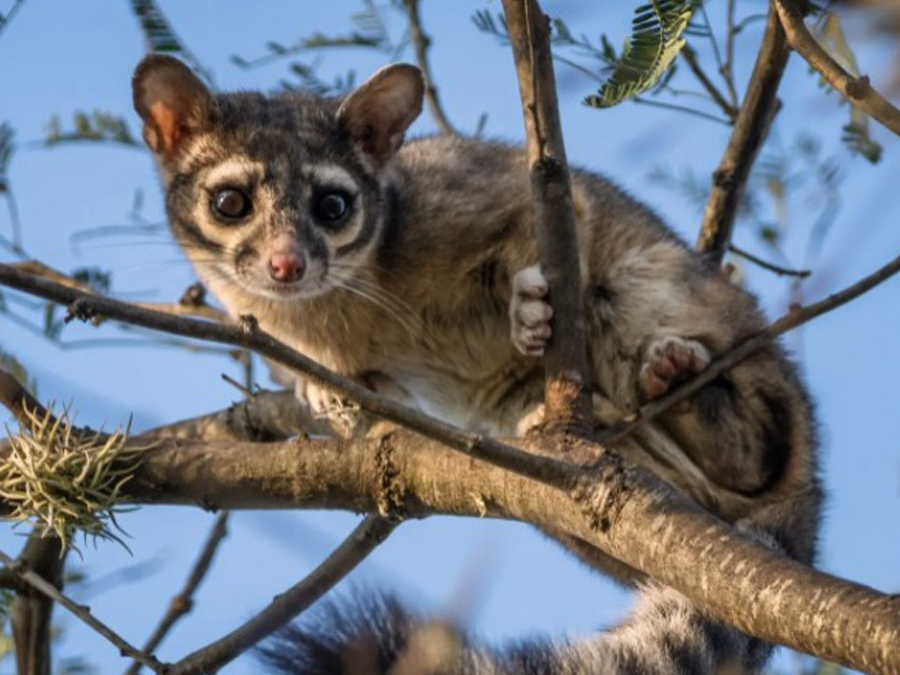
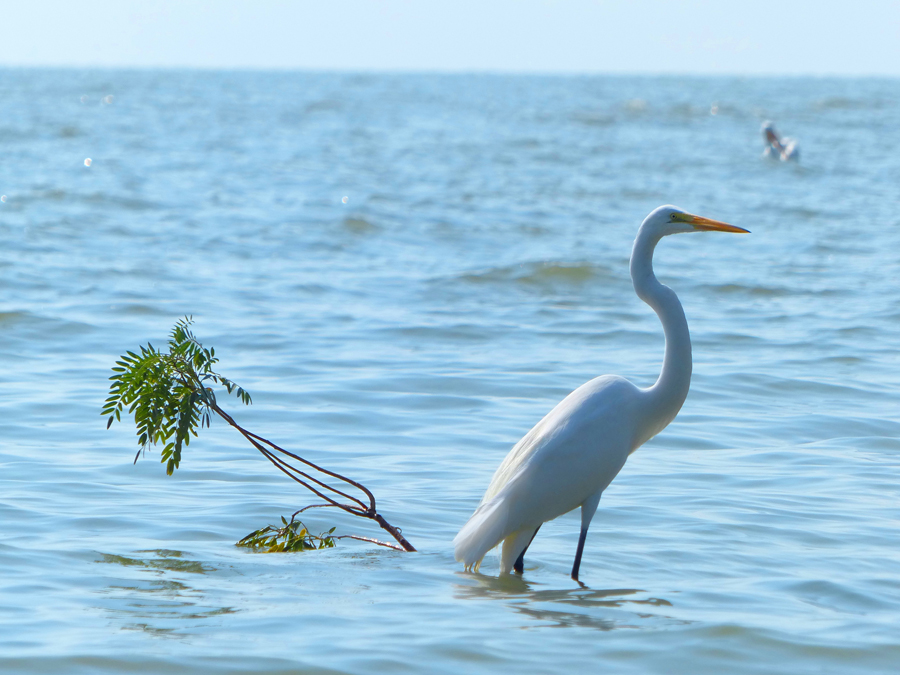
Highlighted Species
The original species found in Lake Chapala are the result of a 7 million-year evolution, and they form a crucial part of Mexico’s biological heritage.
The Lerma-Chapala basin, which feeds the lake, is home to several endemic species, including the charales, a family of slender and abundant fish with eight species (Chirostoma), the Chapala catfish (Ictalurus dugesii), and the Chapala salamander (Ambystoma flavipiperatum). These species are facing threats from pollution, habitat degradation, and the presence of invasive fish, such as Asian carp and mojarra, which compete for resources. There were 28 native fish species reported in the sixties, but in 2001 only 18 were found.
The whitefish (Chirostoma sphyraena) and Chapala lamprey have not been reported in 40 years, and are now considered at risk.
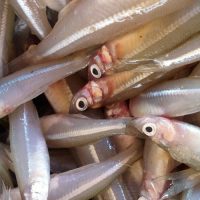
Charal de Chapala
Chirostoma chapalae
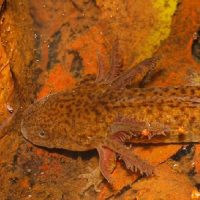
Chapala Salamander
Ambystoma flavipiperatum
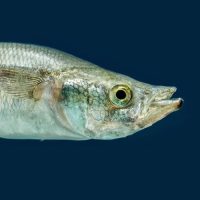
Whitefish (Pescado Blanco)
Chirostoma sphyraena


Local Communities
Lake Chapala is a critical source of drinking water for nearly 3 million people, 62% of the inhabitants in the Guadalajara Metropolitan Area,holding a total volume of 8 cubic hectometers of water. Eleven riverside municipalities, with a population of 325,000 people, rely on the lake for their livelihood through fishing, tourism, and agriculture.
Through evaporation, Lake Chapala helps regulate the climate and maintain humidity within a 50-kilometer radius, benefiting the surrounding forests, towns, and the city of Guadalajara, the second-largest city in Mexico.
Furthermore, the lake holds significant symbolic, historical, and religious importance for various groups, including the Cocas of Mezcala (on its shores) and the Wixáritari people, who live 300 kilometers away.
Threats
Lake Chapala faces, with varying degrees of severity, many of the problems that affect the world’s lakes:
ON THE LAKE
– Inadequate fishing practices
– Introduced fauna species
– Weed infestations
ALONG ITS SHORES
– Coastal and storm water discharges
– Industrial pollutants
– Coastal water abstraction
– Loss of wetlands and coastal habitats
IN THE BASIN
– Excess sediment
– Excess nutrients from diffuse sources
– Agrochemical pollution
– Changes in run-off patterns
– Pollution from runoff and stormwater runoff
– Industrial pollution
REGIONAL / GLOBAL
– Climate change
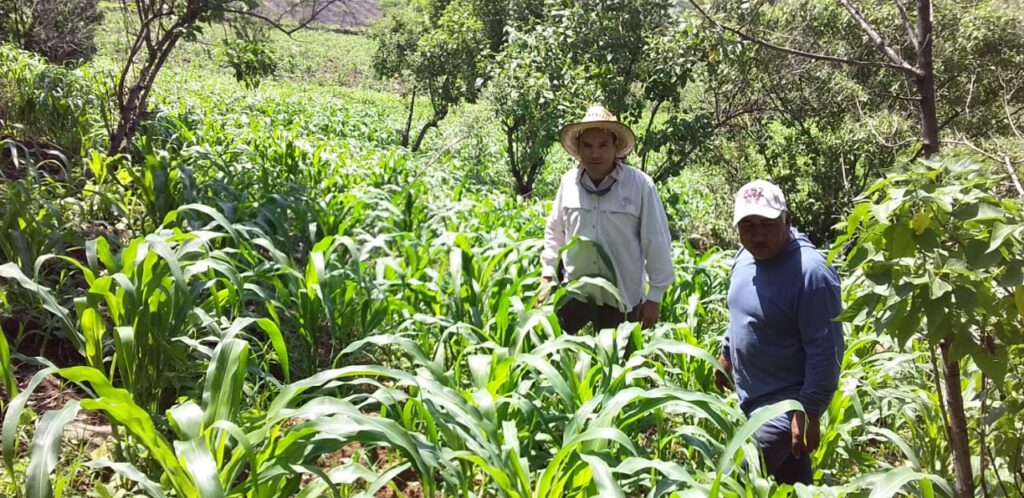
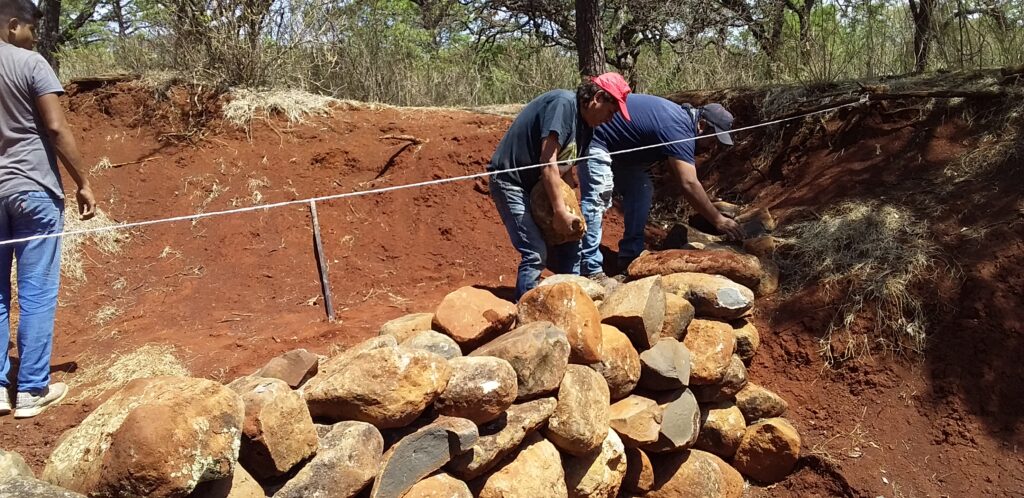
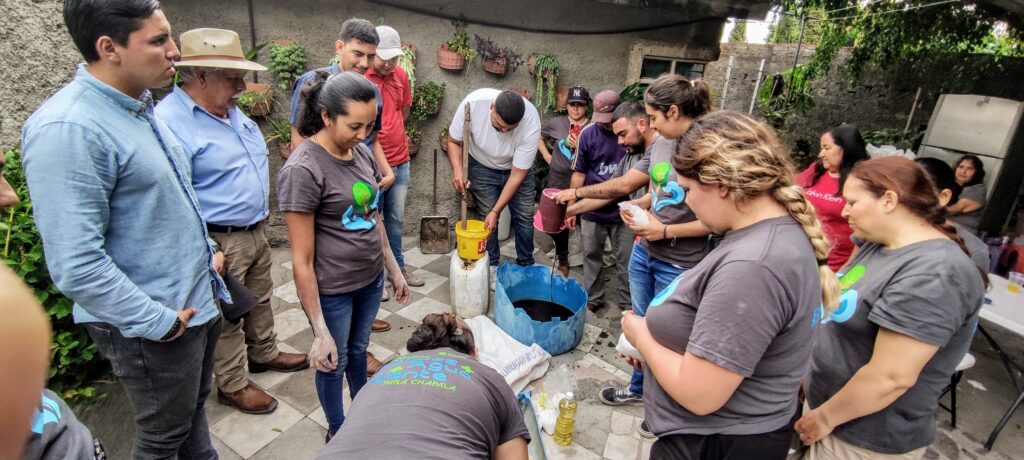
Our Work
As part of the Living Lakes Biodiversity and Climate project, Instituto Corazón de la Tierra will develop actions to mitigate the impact of productive activities -such as agriculture, ranching, and forestry- on the forest and aquatic ecosystems of the Lake Chapala basin. The goals for the project are:
a.To implement Alternative Production Belts that incorporate best management practices around two Natural Protected Areas (NPAs).
b.To declare a new Natural Protected Area of 200 km2.
c.To train 180 farmers and ranchers in Nature Based Solutions and organize them into five Farmer Field Schools.
d.To establish an Inter-Institutional Roundtable with government agencies, academia, and civil organizations to promote the use of Nature Based Solutions in the lake basin.
e.To create two Natural Protected Area Advisory Councils with the participation of local people.
f.To launch a digital platform providing information about Lake Chapala and its basin.
g.To build the capacities of government and civil society organizations to manage Lake Chapala and its basin effectively.


